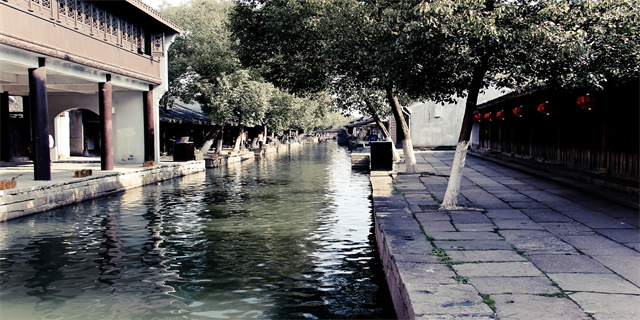最佳答案Translating Quite: A Challenging but Rewarding Task Translation is a complex art that requires not only language proficiency but also cultural awareness, subjec...
Translating Quite: A Challenging but Rewarding Task
Translation is a complex art that requires not only language proficiency but also cultural awareness, subject matter expertise, and an excellent sense of composition. Among the myriad challenging texts to translate, one of the most taxing is quite.
The Definition of Quite
Quite is an adverb that has a range of meanings and nuances depending on the context. In general, it can be used as an intensifier to express a high degree or extent of something, as in \"I am quite sure you will enjoy this book.\" It can also mean \"completely\" or \"entirely,\" as in \"I quite agree with you.\" In some cases, quite can be used as a synonym of \"rather\" or \"somewhat,\" expressing a mild degree or extent, as in \"The weather is quite pleasant today.\" Therefore, the task of translating quite requires a thorough understanding of the context and the tone of the sentence.

The Challenges of Translating Quite
One of the main challenges of translating quite is its versatility, as it can fit into various degrees of intensity. This means that the translator needs to be careful not to overdo the intensity or underplay it. Moreover, the translation of quite requires the use of the right adverb that can fit into the target language's vocabulary and idiomatic expressions.
In addition, quite is a word that can have a different tone depending on the speaker's intention or the context. For instance, if someone says, \"That's quite impressive,\" it can be either a compliment or a criticism, depending on their tone and facial expression. Therefore, the translator needs to convey not only the meaning of the word but also its intended tone and attitude.

The Rewards of Translating Quite
Despite the challenges, translating quite can be a fulfilling experience for translators who enjoy the intricacies of language and the art of communication. It allows them to exercise their creativity, imagination, and resourcefulness to overcome the linguistic and cultural barriers between different languages and cultures. Moreover, it enables them to convey the author's message and intention accurately and effectively to the target audience, creating a bridge of understanding and empathy.
In conclusion, translating quite is a challenging but rewarding task that requires a combination of language proficiency, cultural awareness, subject matter expertise, and an excellent sense of composition. It challenges the translator's linguistic, communicative, and cognitive skills and enables them to exercise their creativity and imagination. Therefore, it is an art that demands respect and admiration from anyone who has ever tried to translate a text, whether it was quite or not.







